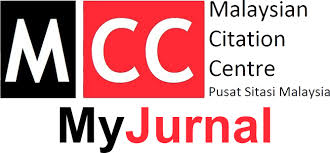Comprehensive Update on Rabies: A Neglected Zoonotic Disease of Public Health Concern
DOI:
https://doi.org/10.36877/pmmb.a0000385Abstract
Rabies, a deadly viral zoonosis, that has driven mankind for centuries continues to be a major global public health threat, primarily affecting under developed areas. The virus targets the central nervous system of warm-blooded animals and claims the lives of over 60,000 individuals annually. Often categorized as a "neglected" disease, zoonoses constitute the majority of emerging infectious ailments. India carries the greatest share of worldwide mortalities resulting from rabies transmitted by dogs to humans. Despite this, rabies is not definable in India, and it continues to be denied adequate consideration when it comes to public health issues. Dogs serve as the primary reservoirs for the rabies virus, transmitting it through direct contact with their saliva including bites, scratches, and exposure to broken skin and mucous membranes. Despite, the fact that the cure for rabies remains elusive, it is possible to prevent this fatal disease through proper pre- and post-exposure prophylaxis and early laboratory diagnosis. Diagnostic technologies like RT PCR, qPCR, dRIT, dFAT, and LFA are highly sensitive and specific in the rapid detection of rabies virus and play a crucial role in preventing the disease. Furthermore, vaccination both, pre- and post-exposure prophylaxis, coupled with increased public awareness, can significantly mitigate the impact of health concerns at the community level. Hence this comprehensive review emphasizes its transmission dynamics, diagnostic techniques, and preventive strategies aiming to raise awareness and enhance efforts to combat this neglected zoonotic disease.
Downloads
Published
How to Cite
Issue
Section
License
Copyright (c) 2023 Kavitha Guladahalli Manjunatha, Chethana Chandrahasa, Sadanand Dangari Akshay, Akhila Dharnappa Sannejal, Rajeshwari Vittal, Govindaiah Kavitha, Khang Wen Goh, Shrikrishna Isloor, Devananda Devegowda

This work is licensed under a Creative Commons Attribution-NonCommercial 4.0 International License.
Author(s) shall retain the copyright of their work and grant the Journal/Publisher right for the first publication with the work simultaneously licensed under:
Creative Commons Attribution-NonCommercial 4.0 International (CC BY-NC 4.0). This license allows for the copying, distribution and transmission of the work, provided the correct attribution of the original creator is stated. Adaptation and remixing are also permitted.

This broad license intends to facilitate free access to, as well as the unrestricted reuse of, original works of all types for non-commercial purposes.
The author(s) permits HH Publisher to publish this article that has not been submitted elsewhere.




.png)

.jpg)
